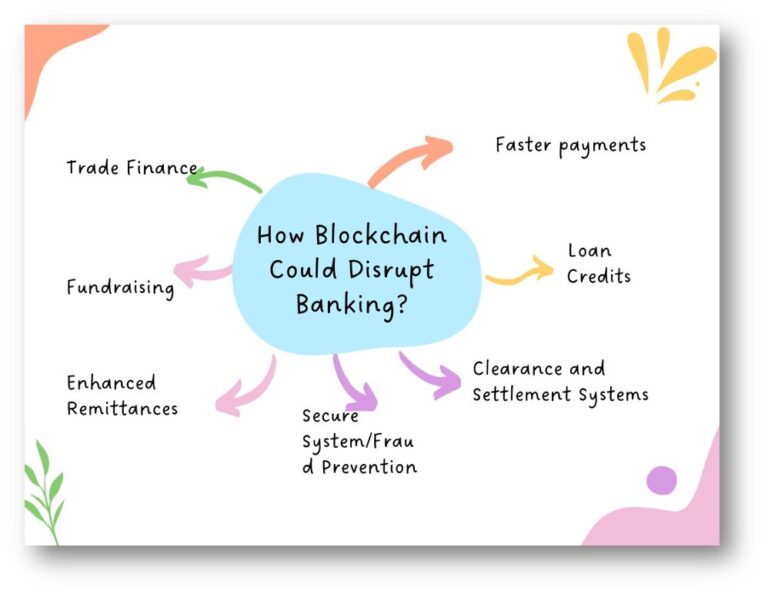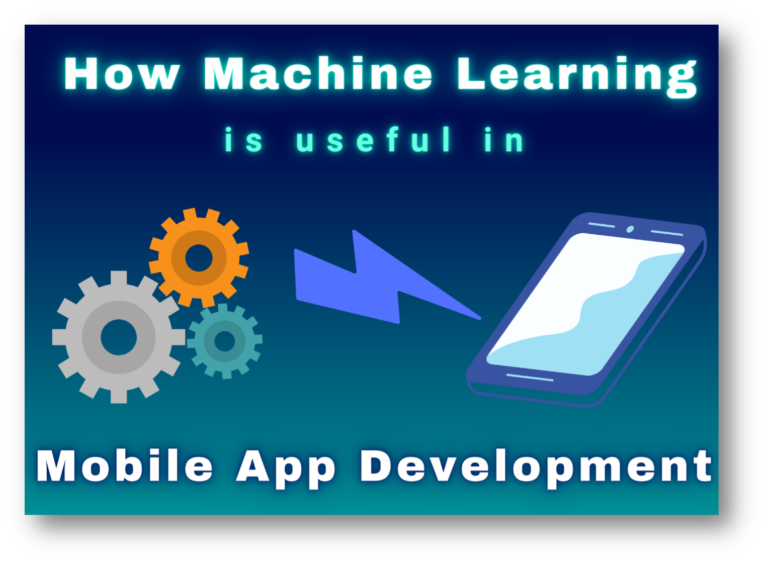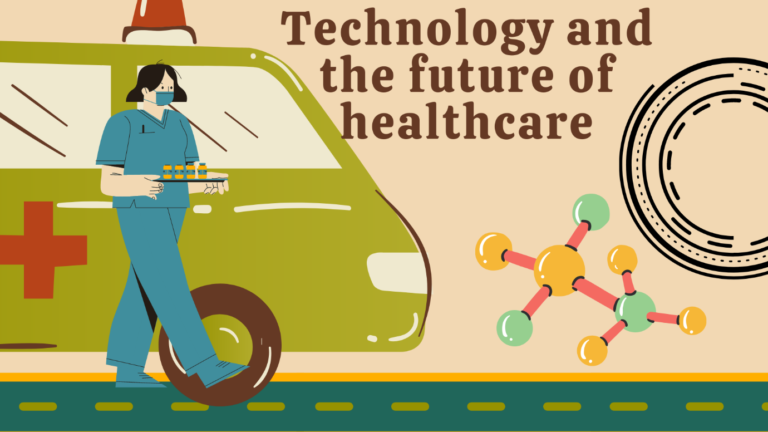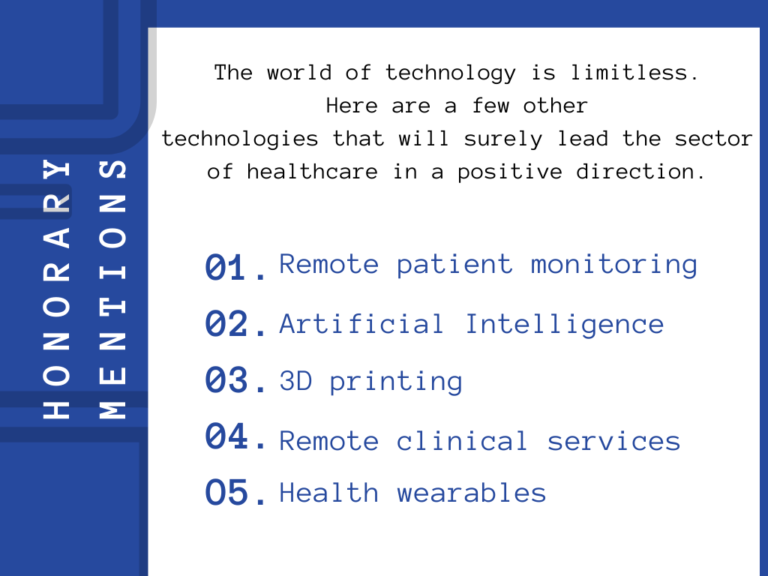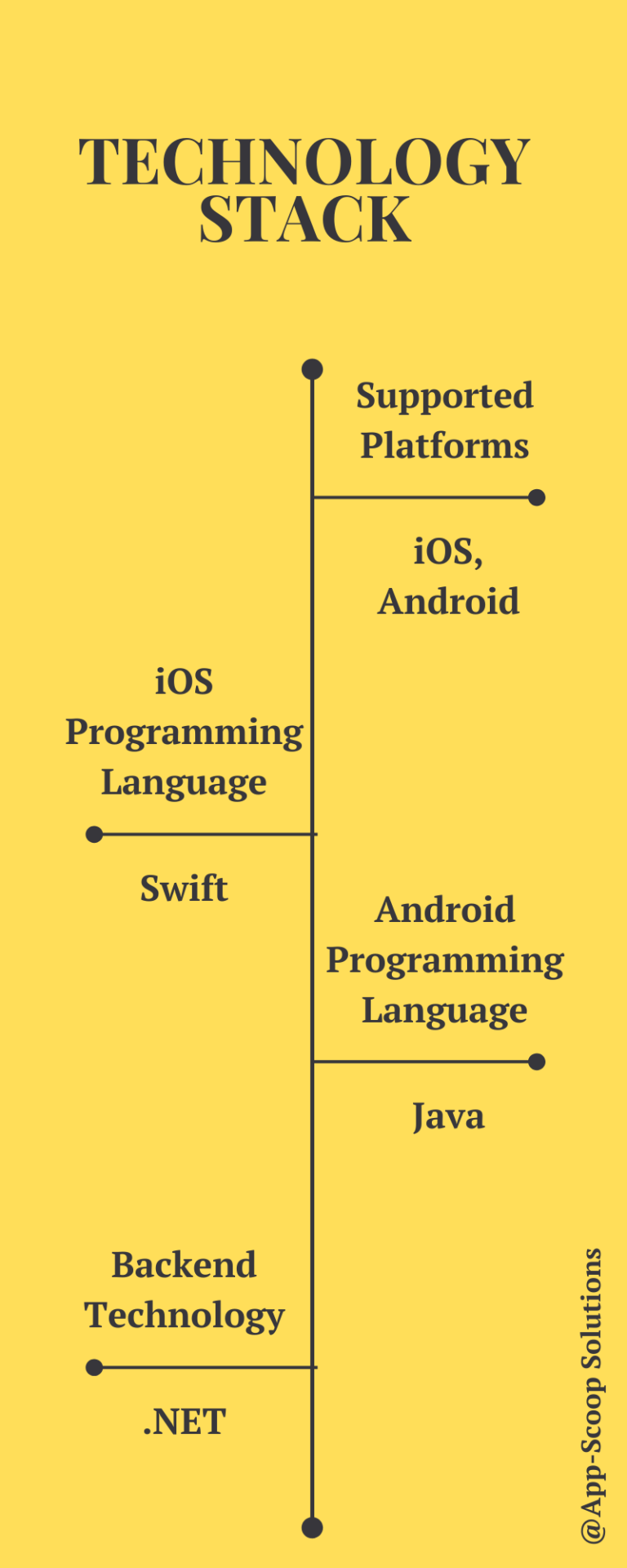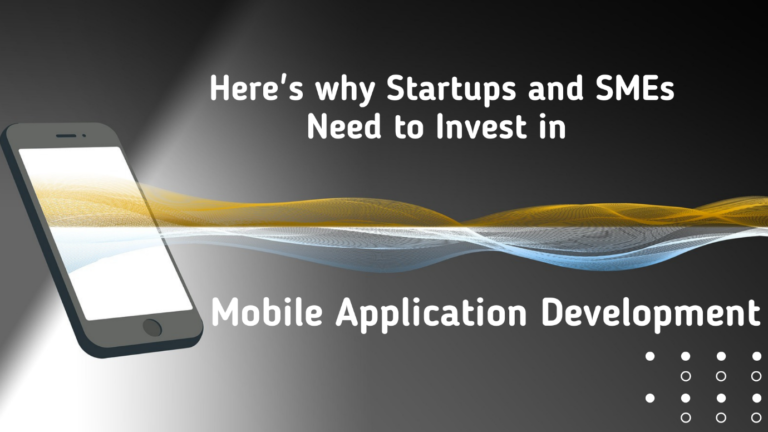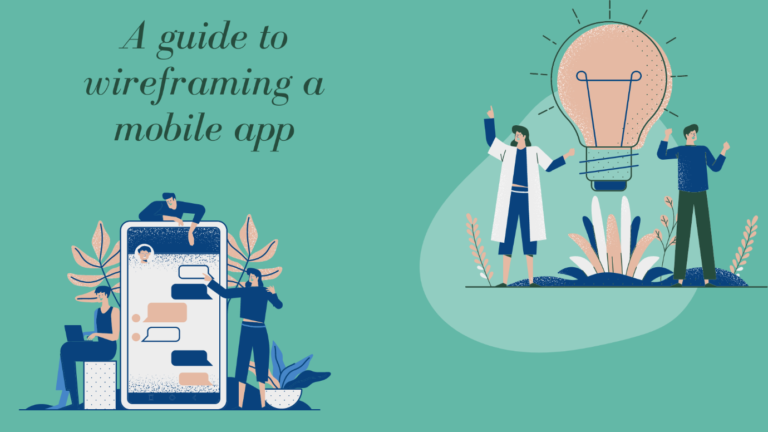We have elected to put our money and faith in a mathematical framework that is free of politics and human error
-Tyler Winklevoss,
American investor and founder of Winklevoss Capital Management
The faith in this technology has grown exponentially owing to what it brings to the table.There are so many benefits of blockchain technology for business. In blockchain we trust – it not only promotes confidence, but it also allows the industries to grow their business manifold. As the name suggests blockchain is a chain of blocks that contains information. It is a distributed ledger and once the data has been recorded in it, it is practically impossible to tamper with it. This distributed ledger technology (DLT) comes as a boon for all as it provides excellent security for all online platforms. Blockchain when used with other technologies like the Internet of Things (IoT), Artificial Intelligence (AI) and Machine Learning (ML), can restrict online fraud and offer several other perks. Let’s talk stats. Developed barely a decade ago, this technology now has over 83,434,000 blockchain wallet users. Add they have amounted to over 748,655,000 total transactions on Blockchain.com. Studies suggest that blockchain can reduce 30 per cent of banks’ infrastructure costs, which sums up to $10 billion every year. All these surely promote the worth of blockchain and in the coming years, this will surely multiple.

How can businesses flourish under blockchain?
In today’s world, a lot of companies are willing to turn towards blockchain for various reasons. This concept applies to a wide range of industries, and it is evolving every day. It is fast, easy to handle, needs no mediator, and its pros are endless. Companies can use blockchain for authentication purposes which might put an end to fraud and other nuisances. Blockchain enables businesses to flourish by improving their efficiency in the following ways.
1. Builds trust
This is probably one of the most important factors that can make or break your product. If there is no trust, your customers won’t think twice before they stop using your product. In fact, this is one of the things that is seen during the transaction. The first and foremost thing that blockchain offers to the business is trust. It builds foreseen trust between two entities. This technology ensures that all the entities and transactions involved in this are safe and secure which indirectly restores faith.
2. Better security
Ransomware, Malware attacks, Phishing instances, weak passwords, and insider threats, are some of the most common threats that business face. And it goes without saying that these incidents annoy the customers. To grow the business and ensure the customers about their safety, these concerns should be handled with care. Blockchain ensures that all transactions are safe and secure, and this puts the customers’ minds at ease. Further, it promises that hackers don’t get any access to the data. As blockchain information is stored in multiple systems, it builds trust and enhances security.
3. Decentralized Structure
In a business, when a mediator is in the picture, a lot of things can go South. What blockchain allows is an exchange of information without the involvement of a third party, and this happens without the data being tampered. It incorporates cryptography to oversee this process. Following are the benefits of Decentralized Structure
• It provides transparency
• Eliminates the middle person.
• Makes the transaction secure and easy.
4. Enriched transparency
When a customer gets a chance to view and trace the traction, their trust builds up instantly. Blockchain just offers the same, it allows them to view its transaction ledger for public addresses. People can easily trace and locate the issues. Moreover, every person involved in the process has a copy of the data. This instantly improves visibility and traceability.
5. Customer satisfaction and growth
Instead of using a central entity to manage the chain, blockchain uses a P2P network. In this, the network participants have access to holdings and transactions of public addresses. When the participants join the network, they get a whole copy of the blockchain. In the case of a malfunction where someone tries to create a block, it won’t be added to the chain unless all the participants have verified it. This ensures that there is no tampering. Further providing the seller and the customer with full transparency. This applies to the retailer, consumer, and manufacturer.
The best part is the consumer will have access to all the important information such as how were the goods made, who is the actual manufacturer, where is the product coming from, did the manufacturer temper with any laws about making the products, just to name a few. And when the consumer is sure of all these aspects, it restores their faith in the manufacturer. One of the main aspects of any business is customer satisfaction. If transparency is something that assures them, the company-consumer relationship is bound to grow which is indirectly beneficial for the business.
6. Improved speed
Blockchain cuts down the time required to complete a process as opposed to traditional paper-heavy processes which are time-consuming. It further eliminates the requirement of third-party meditation. Also, it provides better speed because it’s a distributed database. At a given time, it can handle multiple transactions efficiently. As a result, enhancing the overall speed required for the transaction.
7. Tokenization
Tokens are used to make investments, store value, and make purchases. This process secures both trading and non-trading assets. Blockchain aids in a faster settlement, increased liquidity and lowers costs too.
8. Automation
Blockchain allows you to automate your transaction. This is possible through smart contracts. What keeps these transactions safe and authentic are the smart contracts. It is sort of an agreement in the form of a code, that has to be signed to make the process smooth. This step, in turn, makes the process secure, and faster, and also eliminates third-party people. So, once you have provided all the necessary documentation, you will instantly be sent to the next step, cutting down all the hassle.
9. Cost saving
According to a study conducted by Santander FinTech, blockchain reduces could reduce financial services infrastructure costs. It allows decommission of legacy systems and infrastructure and helps reduce IT expenses. The study said that this technology is projected to reduce costs between US$15 billion and $20 billion per annum by 2022. And as it detects threats and malware beforehand, it saves the company a chunk of money.
10. Innovation
Blockchain gives businesses a chance to explore the unexplored and certainly opens new doors of opportunities
11. Flawless cross-border payments and
international reach
When you start a business, you aim to flourish it and hope that it grows beyond boundaries. With the advent of technology and social media, your product can easily catch the consumer’s eye. Shipping can be taken care of, but the payment is something that might worry you. Blockchain enables business-to-business and person-to-person payments across borders. According to a study by this global and leading company, this trait will reduce the cost of the transaction by 40-80 per cent. Moreover, these transactions take place in real-time. With this, it is secure as it incurs public-private cryptography and multi-party authorisation. Now, if your product is reaching the consumer across the border, your business is bound to reach new heights of success.
12. Accurate and authentic
Radio-frequency identification (RFID) tags when used with blockchain solutions can provide increased security and traceability becomes easy. Be it a broken product, defective apparel, or a fake item, once they fall in the blockchain pattern, tracing it back to the source will put an end to lot of issues.
In today’s world, most of our consumers are health conscious. They are quite particular about what is included in their diet. In such cases, if brands provide them with access to traceability, the consumers can heave a sigh of relief knowing that their food is of the A1 quality. This ensures customer satisfaction, eliminates damaged goods, and helps to curb counterfeiting while restoring brand value.
Let us be a part of your journey
While consumers today want nothing but the best, the menace of fraud haunts businesses. All they are seeking is trust, security, and transparency. Blockchain is the present and future. We not only observe all the industries, but we are up to date with all the technology trends. And we believe that the inclusion of this technology will surely keep a check on such swindles. While e-commerce sites are trying their best to tackle this problem, we would like to offer our helping hand to all those who wish to transform their business and supply chain. Here’s why you should partner with us.
• We believe in innovation, and we are open to new ideas.
• Our work of expertise in app development is impeccable.
• We are in constant pursuit of excellence.
• Our value-for-money apps guarantee sure-shot business growth.
• Our fast tech support and our free-flowing customer relationship define our work ethics.
You can contact the App Scoop mobile app development team at: https://www.app-scoop.com/contact-us.html




